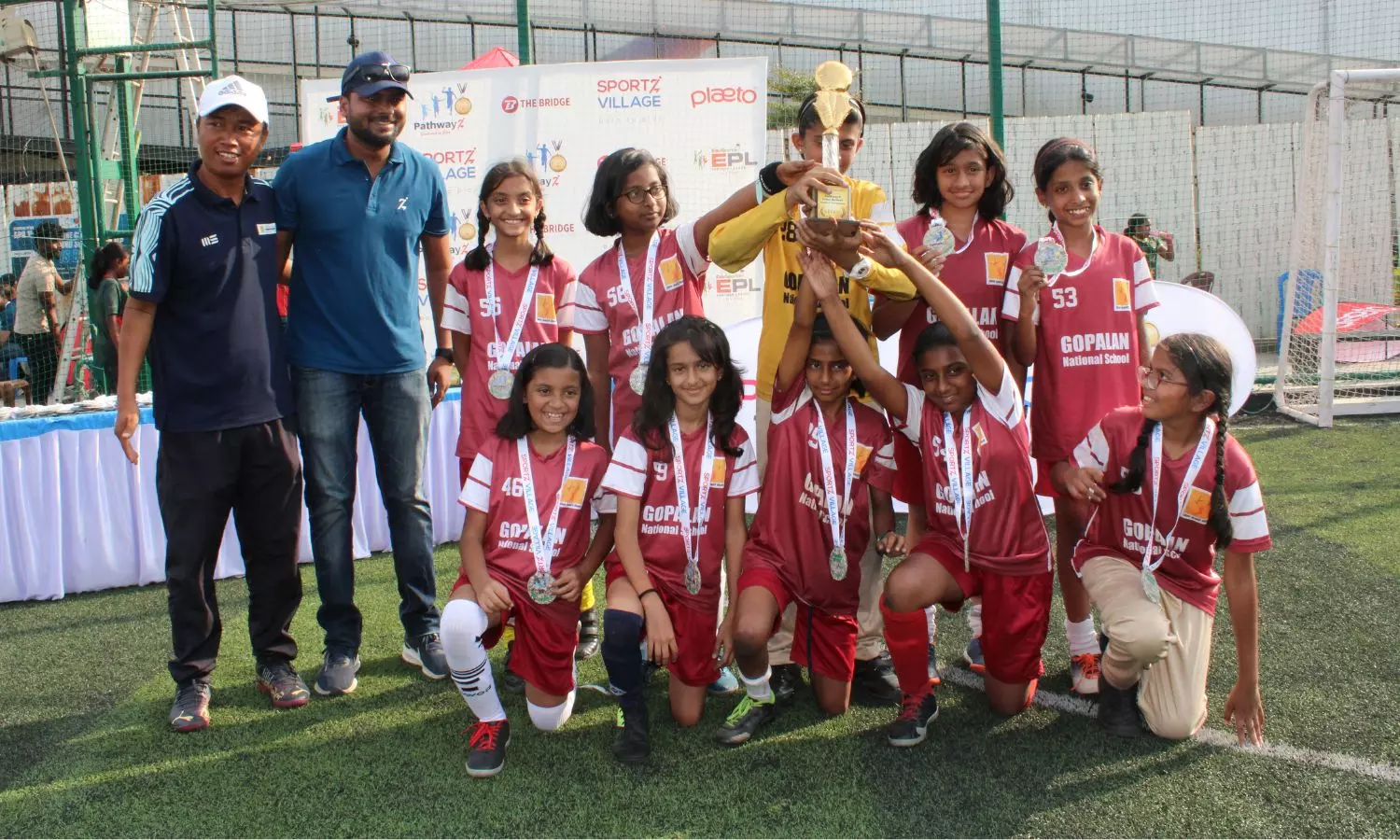Sports and Culture
Beyond the Playground: Addressing Challenges for Women in Sports
On the eve of the Women's Day, Here is a deep dive in the challenges face by women involved in sports and how to address them.

There is growing concern across the world regarding the lack of physical activity among school kids, especially among girls. According to the WHO Report on Global Recommendations on Physical Health, among the 11-17 years age group, 78% of boys and 84% of girls do not meet WHO standards of at least 60 minutes of daily physical exercise. Girls lag by a great margin.
The immediate effect of lack of physical activity is visible in the behavioral patterns in the form of loss of concentration, lack of attention, and peer-group interactions. In the longer run, lack of exercise poses significant health risks such as obesity, cardiovascular issues, and osteoporosis (brittle bones). On the other hand, physically active girls tend to be more confident about their personality and psychological well-being.
To no surprise, on the professional front, sports has been an integral part of 80% of the female executives at Fortune 500 companies; and they have attributed their success to sports and physical activity.
All said and done, the data still looks grim when it comes to female participation in physical activities, especially in schools. As per the Women Sports Foundation survey, by age 14, girls drop out of sports 6x times the rate of boys. The data for girls from marginalized communities is starker. Generic aspects such as dependence on devices coupled with academic pressure have contributed to a decline in regular physical activity. But there are also some serious challenges that girls face in sports and physical activities in India:
Social stereotypes
Social barriers, and gender stereotypes associated with physical activity among girls are one of the major issues that inhibit them from taking up sports. Due to the lack of exclusive female teams and groups, girls become conscious of being judged by society (especially by their male counterparts) for their strength and skills.
School uniforms
A recent study done by Cambridge University suggested that girls experience discomfort in indulging in sports or physical exercise due to the conventional designs of school uniforms. According to the study, countries that mandate uniform-wearing culture have a meager 16% of kids who meet the WHO recommendation of daily 60 minutes of exercise.
Lack of safe and accessible spaces
In schools and neighbourhoods, there is a lack of safe spaces which are accessible to girls. Their movement in public or school playgrounds is often restricted due to the fear of harassment, violence, and societal judgements. Apart from safe academic development, girls should be given safe platforms where they get to interact and play with peer groups and trainers without any gender or social stereotypes.
Lack of female teachers and trainers
Sports as a career for women is less prioritized and that is reflected in the number of female physical education teachers and trainers that work with schools. Many girls do not feel comfortable around male trainers and hence refrain from indulging in physical activities in school. The presence of female teachers provides a sense of inclusivity and motivation for girls to take up sports in school.
The reasons stated are clear and pose a straightforward solution, which requires a joint, comprehensive effort from parents, schools, and policymakers. While it is true that there are barriers that prevent girls from being active participants in physical activities, it is also true that the world is not bereft of organizations, and practices which are striving to create a more conducive environment for girls. It is high time that India replicates that and at the same time comes up with its own unique best practices as per the Indian demographics and culture.
Schools are the best starting point to challenge the stigma associated with physical activities for girls. This along with a good female-to-male teacher ratio will create a safer environment for girls to actively participate.
India has several female athlete role models whose stories can inspire anyone. If these stories are exposed to the girls right from an early age by their parents, and teachers, it will generate immense motivation in them to take up sports and physical activities.
India has started creating awareness regarding the importance of fitness and a healthy lifestyle. Hence, it is the responsibility of all the stakeholders that no section of the population lags, especially young girls.
While academic education lays the foundation of empowerment, sports education, and physical activity broaden the foundation holistically. As India aims to bid for hosting the 2036 Olympics, an inclusive culture with respect to physical activity and sports must be promoted among girls – because girls who play, become women who lead.
